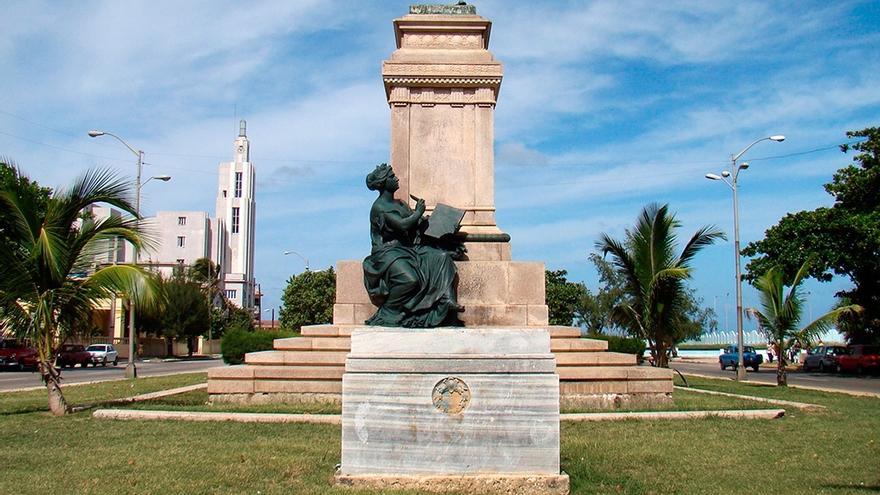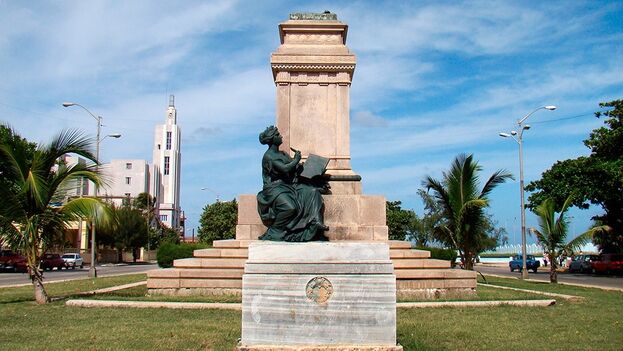
14ymedio, Yunior Garcia Aguilera, Madrid, January 4, 2023 — If you came here thinking that I would be talking about Díaz-Canel or his shoes, you would be mistaken. To be president of a republic, you need to be elected, at least by a parliament. And electing someone implies being able to choose between two or more options. In the case of this individual, he was the only candidate on the parliamentarians’ ballot. So they elected nothing and he presides over nothing. Díaz-Canel is just an appointed director, a front man, Raul Castro’s latest whim.
The person I intend to talk about in this column was the first Cuban president to be elected by popular vote. At school they told us little more than that he favored annexation by the United States. Official historians have emphasized that he requested, begged, implored the U.S. to occupy Cuba a second time. Less mainstream journalists revel in anecdotes about his legendary stinginess. But the truth is that, in Cuba, little is known about who our first elected president was.
All that remains of Tomás Estrada Palma are his shoes, which sit atop a desecrated monument on Avenue of the Presidents, known locally as Avenue G, in Havana’s Vedado district. His statue, which was the creation of the Italian artist Giovanni Nicolini, was unveiled in 1921 and destroyed in 1959 in a fit of collective hysteria.
Estrada Palma’s presidency was austere, yes, but no one could call him corrupt. His motto — “more teachers than soldiers” — was consistent with his vocation and the needs of the country
The story goes that it was the people who ripped his statue off its pedestal back in the 1970s but ordinary people do not have cranes. Its destruction was not the result of a truly popular rejection but rather an order from powerful officials with a very clear purpose: to erase history. They say that one of Estrada Palma’s sons was staying at the Ho


